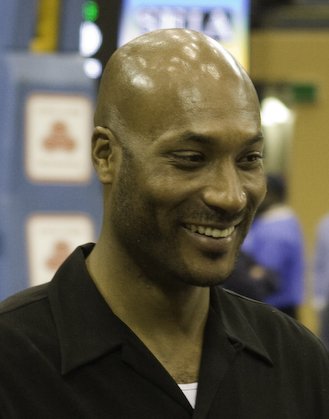Willing Suspension of Disbelief: Why College-Sport “Reform” is Doomed to Fail
By Richard M. Southall and Mark S. Nagel, University of South Carolina
In 1817, philosopher Samuel Taylor Coleridge suggested readers willingly suspend disbelief about even the most outrageous story as long as human interest and a semblance of truth are skillfully woven into the narrative. Willing suspension of disbelief is vital to the big-time college sport enterprise. Almost from its inception, fans and reformers have willingly accepted a mythology that college athletes are simply students engaged in an extracurricular activity. They forego critical analysis and tacitly accept legal, financial, sociological, and educational fictions, which in any other walk of life they would vehemently denounce. This is one reason – among many others – why college sport “reform” will not derail the NCAA’s commercial sport enterprise.
In literature, willing suspension of disbelief allows readers to enjoy fictional realities populated by zombies, hobbits and all manner of superheroes. Similarly, many college-sport reformers ignore decades of contrary evidence and “believe” in the sanctity of the collegiate model of intercollegiate athletics. This tacit acceptance of the NCAA’s paradigm allows reformers to hope “magically” college sport can be reformed if only athletic programs “truly embrace” the NCAA’s amateurism mythology. Reformers seemingly overlook that in order to maintain this educational façade, the Constitutional and human rights of profit-athletes must be violated, and long-term financial, intellectual and emotional harm inflicted upon them.
Reform groups, including the Drake Group, Knight Commission, and Coalition on Intercollegiate Athletics (COIA) seemingly choose to “willingly disbelieve” big-time college sport is fundamentally a commercial enterprise designed to enrich athletic administrators, coaches, sponsors and media partners, while providing predominately middle-to-upper class consumers and student-athletes a “collegiate athletic” experience. Unceasingly, reformers contend college sport contributes to universities’ educational mission: the current system just needs tweaking.
However, any reform must occur within the shadow of the NCAA, as president Mark Emmert declared:
Student-athletes are students. They're not professionals. And we're not going to pay them. And we're not going to allow other people to pay them to play. Behaviors that undermine the collegiate model, wherever they occur, are a threat to those basic values, and we can't tolerate them (Moltz, 2011, para. 5, 11).
Emmert’s statement reflects the NCAA’s success in skillfully using institutional propaganda and rebranding strategies to create, imbed, and disseminate its collegiate model to shape and control college sport reform.
Not surprisingly, most fans and college-sport stakeholders unconditionally accept the NCAA’s collegiate model. However, it is perplexing that Congress, and the U.S. judiciary, overlook and/or ignore the enterprise’s illegality and immorality, with committee hearings and high-profile legal cases consistently eliciting logically inconsistent
Ed O'Bannon
responses. In the initial O’Bannon v. NCAA (2014) district-court decision, Judge Wilken ruled the NCAA illegally restrained trade: a criminal conspiracy in violation of the Sherman Act. However, unlike nearly every other identified antitrust violation, instead of enacting specific measures to “remedy” the antitrust violation, the court proposed a modest “reform” ($5,000 deposited annually into a trust fund) while allowing the illegal system to remain in place. The Ninth Circuit appellate also suspended its disbelief, ignoring clear violations of law in nullifying Wilken’s injunction designed to cure specific violations and arguing any remedies must be “educational” and consistent with the NCAA’s existing collegiate model.
While it was to be expected the NCAA would base its O’Bannon strategies on its collegiate model, even plaintiffs’ attorneys consistently used the “student-athlete” nomenclature and stressed they did not seek to dismantle the current system, but simply address its marketplace inequities. Even the media consistently suspends disbelief when reporting college-sport issues. Despite Judge Wilken’s ruling the NCAA a criminal conspiracy in violation of federal antitrust laws, the media largely “buried the lead” – and focused on the business of college sport’s unchecked survival. In the case’s aftermath, media accounts consistently contained little discussion that big-time college sport is an illegal, criminal conspiracy.
Trapped within the current paradigm, reformers are left with minor victories: increased cost of attendance stipends (i.e., pay raises), the possibility of four-year grants-in-aid, and “calls for” reductions in practice schedules. What is conveniently overlooked is the legal fact: The NCAA’s century-old collegiate model of athletics (rebranded or not) is a criminal conspiracy.
A critical examination of the NCAA’s collegiate model leads to the conclusion that what is needed is not reform, but rather a revolution – a paradigm shift or conversion in which previously “normal” beliefs are discarded and replaced with fundamentally new ones. Such a paradigm shift will allow us to discard college sport reform efforts that have done nothing to prevent continual and cataclysmic difficulties. Simply put, college sport reform is doomed to fail.

